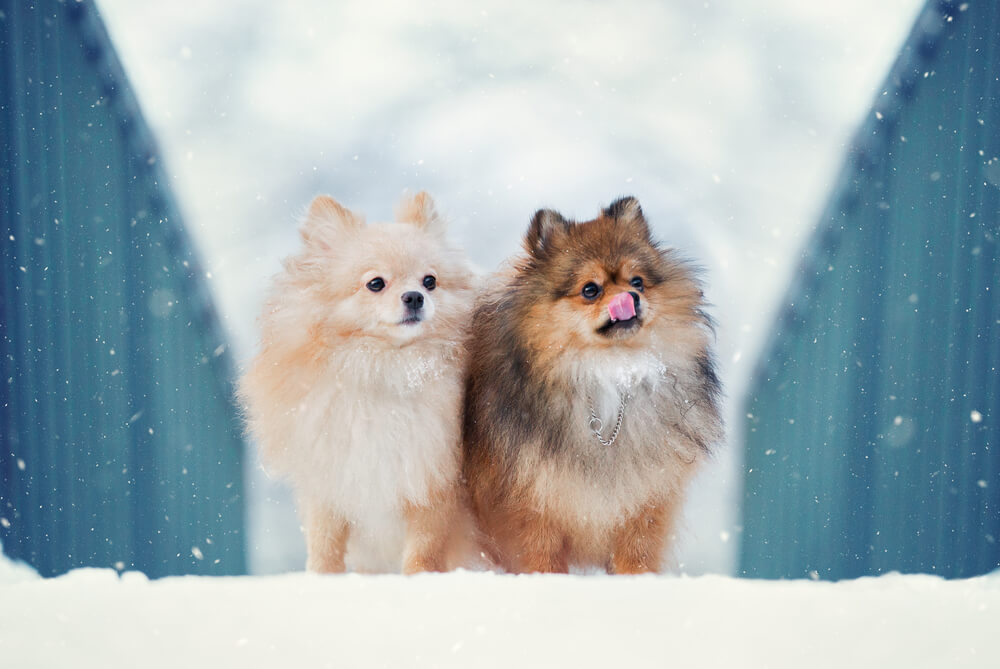Winter is just around the corner, and we can already sense the freezing weather yet to come. Aside from the excitement your dog will experience when rolling in the snow and biting on the snowflakes, you have to ensure their safety and well-being.
There’s a common winter ailment, known as hypothermia – a dangerous drop in body temperature. Even though it may affect people as well, hypothermia is more threatening to dogs because of the smaller size and higher normal body temperature. That normal range for dogs is 101 to 102.5°F. If a dog’s temperature drops to the human normal range of 97.6 to 99.6°F, this is actually the danger point when you should seek medical attention.
The best way to prevent your four-legged friend from getting sick and suffering from hypothermia is to avoid being outside for extended periods and take more frequent but shorter walks. Consider getting protective booties and jackets for your dogs, especially if they are of a type not bred for the cold.
For example, long-haired, thick-coated and generally large dogs tend to be more cold-tolerant, while short-haired or short-legged pets may become cold faster due to less protection. Dogs with pre-existing health conditions may have a harder time regulating their body temperature and may be more susceptible to problems from temperature extremes.
Remember that you’re the pack leader, which is why winter caring for your dog should be consistent. After walks, pay close attention to your dog’s paws to ensure there are no cracks or bleedings on the paw pads. A good idea would be to wipe or wash the paws with warm water to get rid of potentially stuck snow or antifreeze.
If you have any questions or interested in learning more information, contact Leader of the Pack online or call 617-296-1711!
